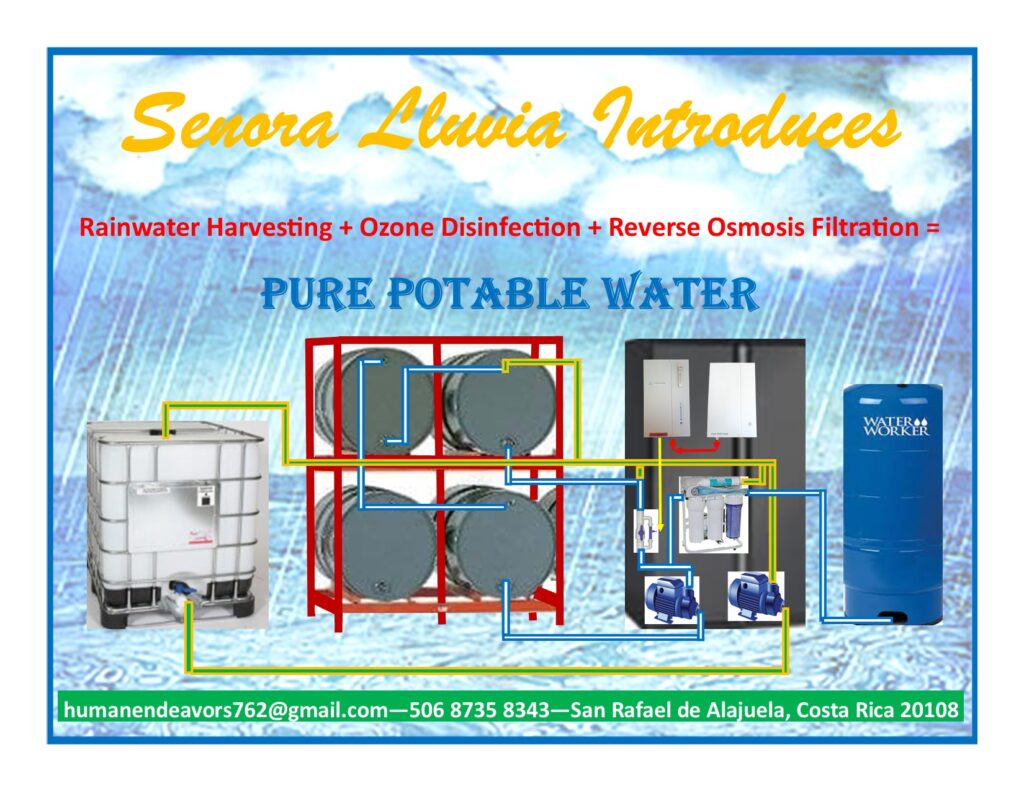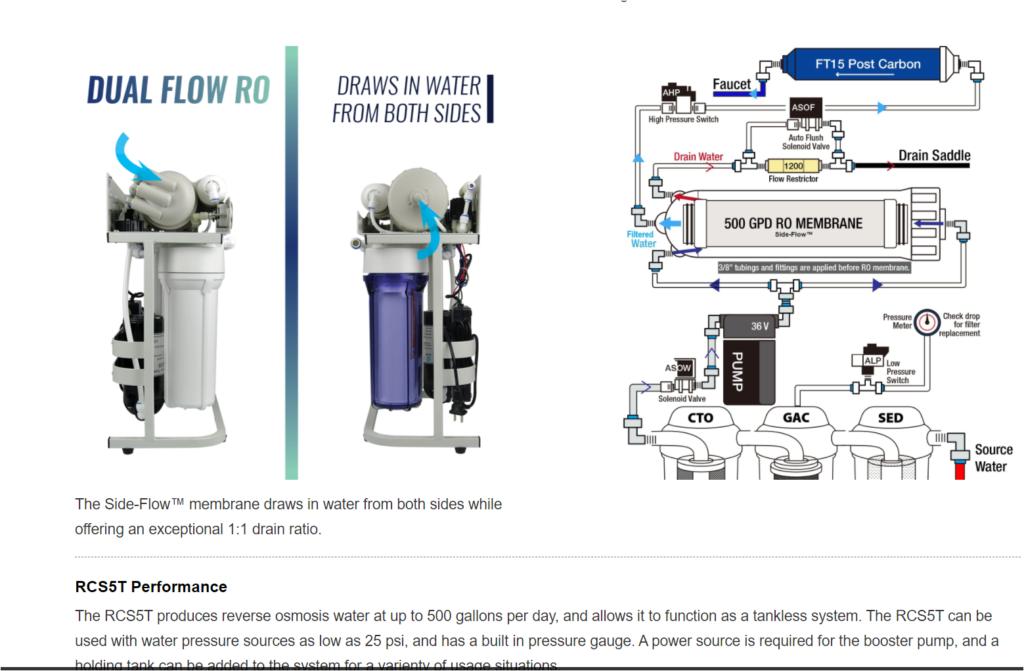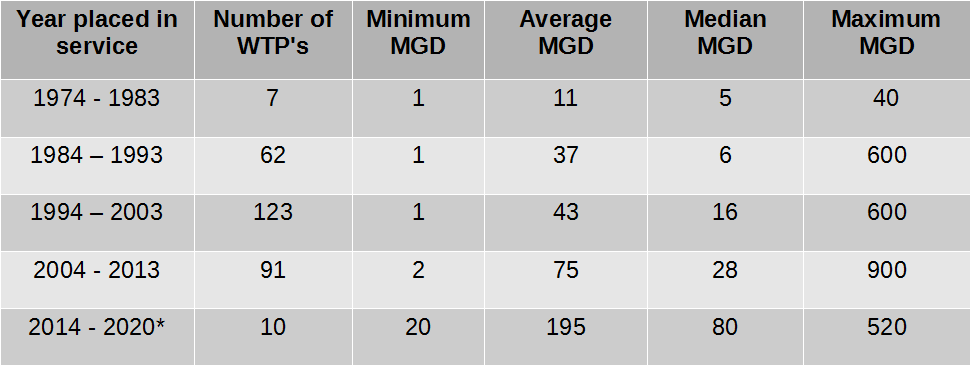In this post, I introduce a working concept for a low-cost, 400 gallon per day water harvesting system built as much as possible with recycled materials and local equipment. The goal of this project is to empower families, tribes, and small communities with the knowledge and resources needed to take control of providing safe drinking water. This water treatment system is the brainchild of Clint Elston who has worked tirelessly his whole life gathering ideas and developing practical solutions. My expertise is in the ozone treatment component.
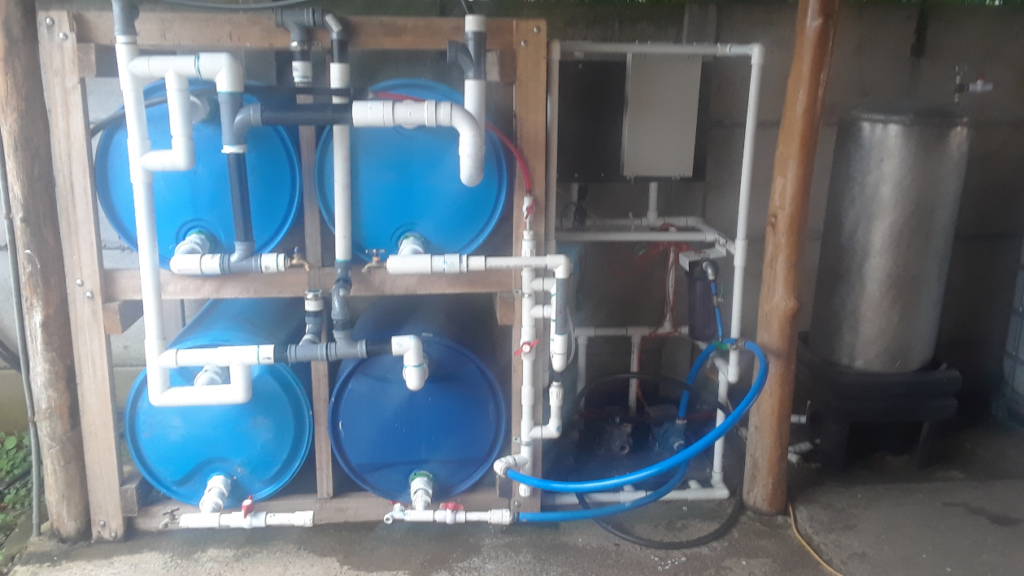
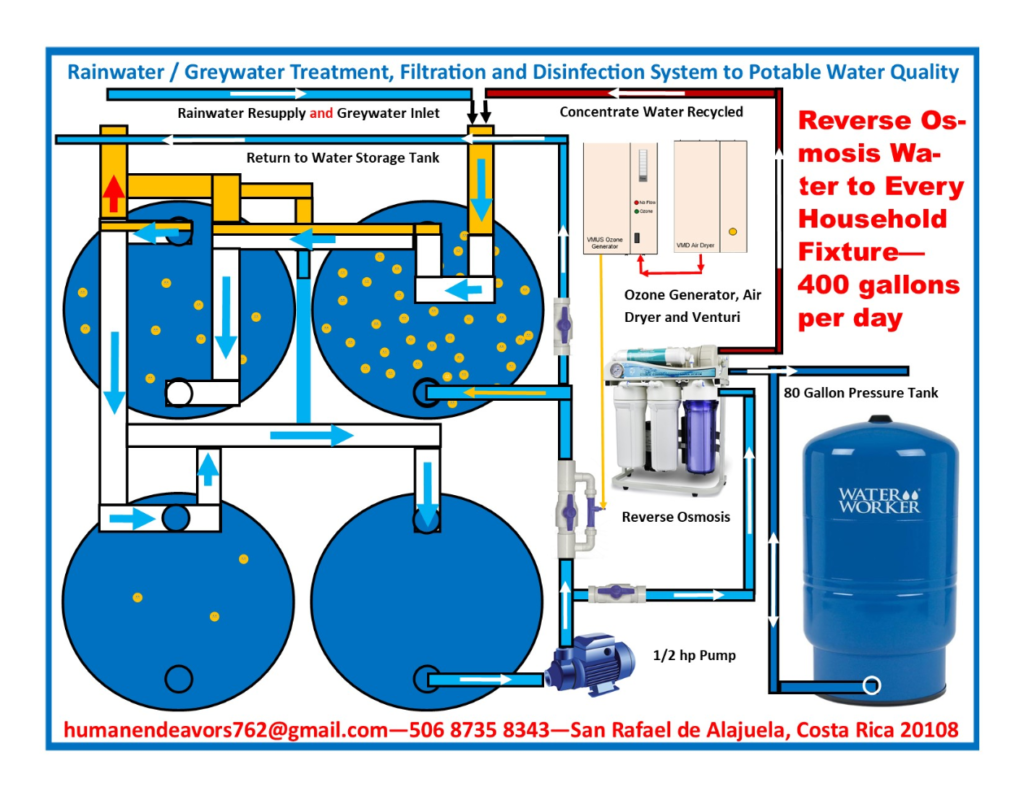
https://www.linkedin.com/in/clint-elston-95b09075/#
https://wateractionhub.org/organizations/1121/d/human-endeavors/
Proven Environmental Water & Wastewater Solutions for Worldwide Health & Economic Development Video
Ozone destroys harmful bacteria and breaks down organics in the water so they can be more easily removed. The ozone assists the RO filter, enabling it to operate without wasting the drain water needed to rinse contaminants from the filter.
The four barrel system
Water collection vessel – Rainwater/grey water is collected in the white 275 gallon tote. This tote simply serves as a reservoir for water collection. Any large water collection device can work.
Dirty Circulation pump (right) for the dirty water loop (yellow/green) pulls “dirty” water from this tank, picks up waste RO water, picks up ozonated water, and fills/tops off barrel #1 in the 4 barrel system before returning any leftover water to the rain tank. If only one pump is available, it is possible to use this pump for the clean water loop as well. See diagram.
Clean Circulation pump (left) for the clean water loop pulls pre-treated water from barrel #4. This water has been treated with ozone and much of the sediment settled out to the bottom of the first three barrels. This clarified water is pumped to two locations: 1) through a venturi for ozone injection and 2) a reverse osmosis filter.
Ozone injection – Ozone is a naturally occurring gas made with oxygen and electricity. A high voltage discharge breaks the bond between the two oxygen atoms of an oxygen molecule and the free oxygen bonds with other unbroken oxygen molecules to form an ozone molecule of 3 oxygen atoms. This high energy form or oxygen quickly and naturally destroys pathogens and water contaminants. A 4 gram/hour flow of ozone at a concentration of about 7 grams/cubic meter is pulled from the ozone generator through tubing into a venturi which injects the ozone into the water stream. The ozone is needed to control bacteria and pathogens as well as oxidize organics and other contaminants. The oxidation prevents the buildup of biofilm in the RO filter.
Four Barrels – The ozone serves to kill bacteria and to oxidize contaminants helping them settle out. The ozonated water enters the bottom of barrel #1 (off-gas, reaction, settling) where the excess ozone is able to off-gas. Ozone treated water moves from the top of the first tank to the bottom of barrel #2. (reaction, settling, clarifying) Barrel #2 finishes ozone reaction and continues settling of heavier contaminants. Clarified water exits the top and enters the top of barrel #3 & #4 (Settling stage one, settling stage 2). The primary function of tanks #3 & 4 is settling and clarification.
Reverse Osmosis Filter – Layers of soil and years of time naturally filter water in deep aquifers. A reverse osmosis (RO) filter is a very compact and quick way to provide potable water. For this water recycling system, we recommend the iSpring RCS5T 500 GPD Residential and Light Commercial Tankless Reverse Osmosis Water Filter System with Side-Flow™ technology and 1:1 Drain Ratio. The RO filter removes the very fine particles and remaining contaminants that did not get removed in the barrels.
Pressure Tank – The RO filter includes a booster pump to provide the pressure needed for RO filtration. Filtered water is stored in the 80-gallon pressure tank. RO wastewater is returned to the dirty water circulation loop. Where further ozone treatment helps these contaminants to break down further or settle out.
Ozone Generators – The market has been flooded with small ozone generators and exaggerated performance claims. Most of them would not work well for this application or produce the concentration of ozone needed. Unfortunately, a quality ozone generator that would give years of trouble-free service is costly. Getting one of these quality generators may be especially difficult in countries where a system like this is needed most. I am optimistic, however, that adequate generators can be built using common and even recycled components for a minimal cost. They might not be very compact or efficient, but it may be the best we can do at this time. I believe with some research, pooling of ideas, and diligence, we can come up with some great options for this water treatment system. Sharing ideas or links to ozone generator builds is welcome.
Clean Dry Air – Having a source of clean, dry, air for ozone generators can not be overemphasized. Moisture in an ozone generator produces nitric acid which corrodes and destroys ozone reactors. Desiccant is an effective and cheap way to provide this dry air. The desiccant needs to be dried out with heat. I have ideas for a solar desiccant dryer, but would like to know if anyone has ever tried this or seen it work? We sell a small desiccant dryer that needs to be manually dried out in a low oven, and we also have an automatic one that dries out the desiccant with electric heating elements.
I look forward to ideas for DIY ozone generators and air dryers. I hope to share some ideas of my own in future posts.
